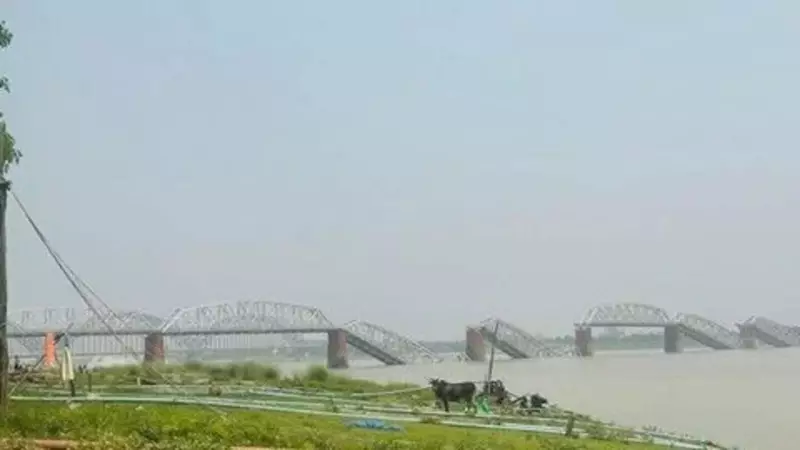
Myanmar experienced a significant seismic event as a magnitude 4.2 earthquake rattled the region, with experts highlighting the particular danger posed by its shallow depth of just 37 kilometers beneath the Earth's surface.
Why Shallow Earthquakes Pack a More Powerful Punch
Seismologists emphasize that the depth of an earthquake plays a crucial role in determining its potential impact. "Shallow earthquakes, typically those occurring at depths less than 70 kilometers, transfer energy more efficiently to the surface," explains Dr. Priya Sharma, a geophysicist at the Indian Institute of Seismology. "This means even moderate magnitude quakes can cause substantial ground shaking and potential damage."
The Science Behind the Increased Risk
Unlike deeper seismic events where energy dissipates through layers of rock, shallow tremors have less material to absorb the shockwaves. This results in:
- More intense ground shaking at the surface level
- Greater potential for structural damage to buildings and infrastructure
- Increased likelihood of triggering landslides in hilly terrain
- Higher risk of secondary hazards like soil liquefaction
Myanmar's Tectonic Vulnerability
The recent tremor occurred in a region where the Indian Plate continues its northward collision with the Eurasian Plate, creating one of the most seismically active zones on the planet. This ongoing tectonic interaction makes Myanmar and surrounding areas particularly prone to earthquake activity.
Regional Implications and Preparedness
While this specific event registered as moderate, it serves as an important reminder for the entire Southeast Asian region. Earthquake preparedness becomes critical in areas experiencing shallow seismic activity, where even smaller magnitude events can have disproportionate effects.
Building codes that account for seismic risks, public awareness campaigns about earthquake safety protocols, and early warning systems represent essential components of comprehensive disaster risk reduction strategies in vulnerable regions like Myanmar.
Learning from Global Seismic Patterns
Historical data from similar shallow earthquakes around the world demonstrates that depth often matters more than magnitude when assessing potential damage. Events like the 2011 Christchurch earthquake in New Zealand, which measured magnitude 6.3 but occurred at just 5 kilometers depth, caused catastrophic damage despite its moderate rating on the magnitude scale.
As tectonic forces continue to shape the landscape of Southeast Asia, understanding the specific risks associated with shallow earthquakes becomes increasingly important for both scientists and communities living in seismically active regions.





